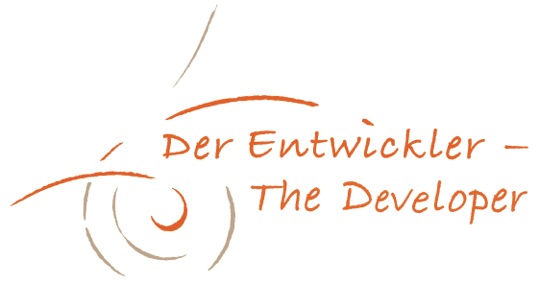Communication as an action reveals something about the communicator. The sender of a message reveals how s/he sees the other (the recipient). Organizational communication primarily sends carefully chosen messages into the ether. In what is said or left out resonates what is considered to be of importance (for the audience). It can be helpful to check these explicit and implicit aspects of a message for congruence. Is the message clear? What world picture and image of human kind is mediated? Was the best packaging chosen for the content? Central elements of the discussion on values in communication are already touched.In the second part of this short essay, values and communication are to be related at different levels (from the macro to the micro level)
- First the macro level: Which guiding, tendency and trend values determine today’s social behaviour? The most widespread, so-called ‚universal‘ values (for example freedom, equality and solidarity) are considered guide values. Tendency values are values, which have priority in certain cultures. Cultures with a higher sense for communal living will weight equality higher than personal freedom. Finally, trend values – the Zeitgeist – in the discourse on values, describe the values which are proclaimed because politically opportune. They are the short-term values, but often those with the strongest influence on human behaviour.
- At the organizational level (meso level), it is important – as an employee – to visualize the image of humankind and the picture of the world of on’s employer. For organizational communication ultimately serves these images. The late American psychologist and communication researcher Paul Watzlawick defined five axioms of communication. The first three will be briefly touched upon here:
- One cannot not communicate (in short every thing is communication): the behaviour of an organization is communication and affects its image. The intended message (intention of the sender) is thereby less important than what the recipient perceives and understands; ultimately the over all impression. It is this conglomerate of what has been seen, heard and understood, which affects the reaction (of the receiver).
- Each communication has content and relationship aspects: In addition to the intended messages (content), the communication shows how the recipients are viewed and what the relationship is with them (for example, eye level or not).
- Communication is always cause and effect: Communication should produce effect, that is its intention. However, it is also cause and can therefore be traced back to something (e.g. an attitude). This (implicit) ‘cause’ can cause reaction and therefore would become significant. This causal element can easily become central and (unintended) strengthened. The danger is to conjure the devil, which we actually want to prevent.
- And lastly, the concrete level of action (here referred to as micro level): Looking at the devil conjured on the basis of concrete campaigns, respectively concrete communication content. What values are conveyed by ‚the‘ message and ,above all, what kind of feelings are expressed explicitly and implicitly? Does a campaign focus on negative aspects and try to unmask them or, in a corrective attempt, focus on what should be (to prevent negative traits)? In health promotion, the promotion of (considered healthy) behaviour is used to supplement prevention of (perceived unhealthy) traits. Are there ways to ‚conjure‘ the ‘good’? Human rights are part of a better world; not so exploitation. Exploitation should be prevented! How can the better world be mediated and made perceived (with many senses as) positive? Can communication do this without ‘conjuring the devil‘?
The attempt to approach these three levels – the macro, meso and action based level (micro) – is leading to the question of how an organization wants to be perceived. What values it wants to communicate (and which not)? To whom does it want to appeal (to the homo sacer or homo oeconomicus)? And what world does the organisation communicate when it communicates; knowing that the organization’s view of the world is not the whole truth (not even necessary factual). Dealing with these (and similar) questions can become a process of designing a communication charter for an organization (see: http://derentwickler.ch/en/offers/communities-institutions/community-charter-lived-values/)
